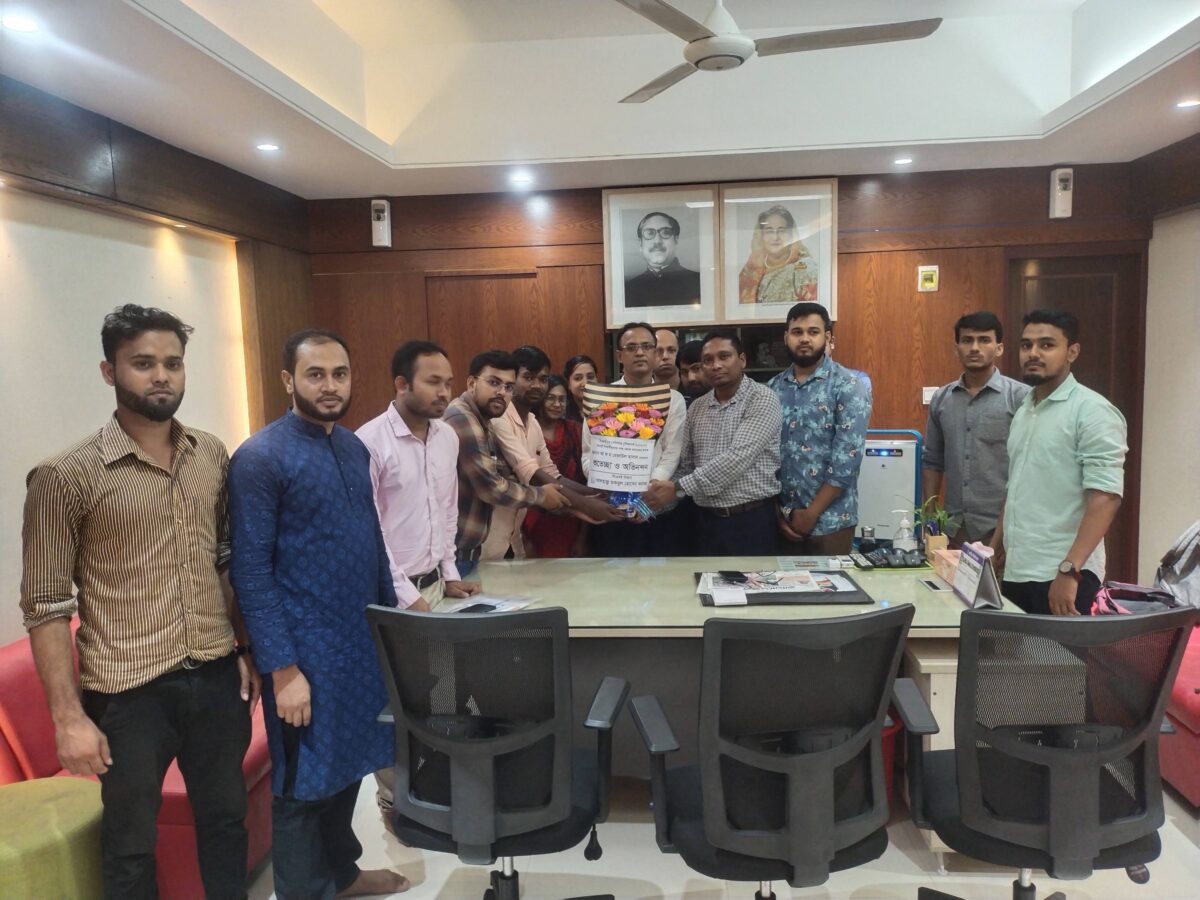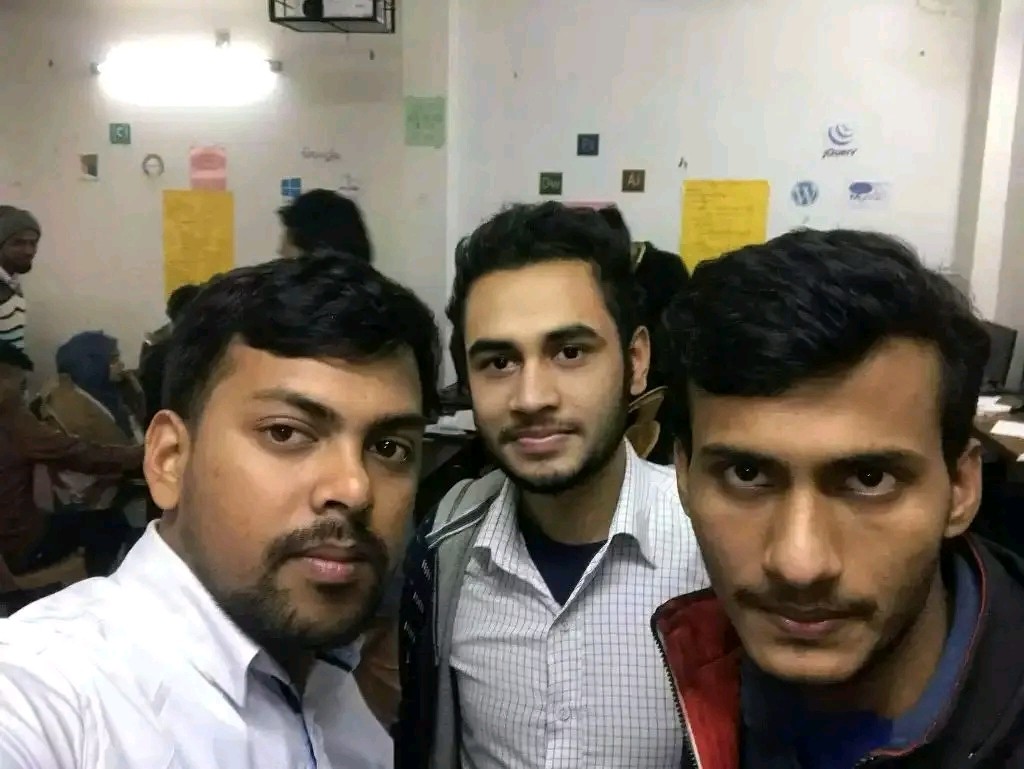New Manufacturing Technology
Manufacturing – The utilization of technology in the industry is the same old thing. All things considered, mechanical development and the reception of new technology have added to the turn of events and development of manufacturing since the hour of the principal modern upset.

Today, we are entering a time normally known as the Fourth Modern Insurgency (Industry 4.0). New developments are driving and filling the progressions that portray this ongoing period of robotization, investigation, and AI.
New Manufacturing Technology in 2022:
Trends in current manufacturing technology:
Current technology is making mechanization more available to producers and meaningfully impacting the way associations work. Simple to-utilize mechanical technology arrangements, simple to-utilize fabricating process management (MPM) systems, and the mix of cooperative robots (co-bots) with a human labor force are a portion of the variables driving the reception of manufacturing robotization. the making. By utilizing computerization, associations lessen costs, smooth out work processes, and increment income. These benefits are driving the trend toward “computerizing everything.”
Other moving develops that will affect the manufacturing area in 2020 include:
Mobile Technology:
Small mobile robots, or AMRs, are extending the capacities of modern mechanical technology to organizations, everything being equal. A portion of the cutting edge in the field permits AMR to be particularly explored with setup software that can be designed for various payloads and custom executions for most modern applications.
Prescient upkeep technology:
By consolidating IoT, AI, AI, and prescient examination, producers can lessen costs and limit personal time through prescient support. A proactive system permits associations to recognize expected issues and fix them before they happen. Prescient support likewise permits makers to expand the existence of apparatus and gear.
High Blend Low Volume (HMLV) fabricating technology:
The new technology that touches all parts of the manufacturing system obtaining, stock, gathering, strategies, transportation, and deals permit makers to deal with their inventory chains, diminish costs, and convey items the very way their clients need them more readily. For instance, by inserting or connecting sensors or standardized tags to things, associations can output and track parts all through the manufacturing and conveyance process.
Added content manufacturing or 3D printing:
Utilizing PC-supported plan (computer-aided design) software and 3D printers, producers can now make custom parts and items for their clients by storing material in each layer in turn. Added content fabricating is a procedure that sets aside time and cash and permits creators to make models, models, molds, or parts of the eventual outcome.
Trends in Manufacturing Technology: Cooperative Robots (Cobots):
While there are worries that mechanization will bring about enormous employment misfortunes, the trend is for robots and individuals to work connected at the hip to assist plants and distribution centers with accomplishing more, quicker, and more secure. Cooperative robots or cobots can be customized to continually perform tedious or perilous errands, for example, moving weighty items, opening up human work to turn out to be more talented, or centering around the business. You can work at the work you put in.
One of the most important utilizations of cooperative robots is computerized picking. Robots are dispatched all through the stockroom to recover the right item while required, permitting individuals to perform more ability-based, client-confronting assignments in the satisfaction cycle. In a conventional request satisfaction situation, the actual demonstration of strolling to get the thing is half of the whole cycle. Utilizing computerized systems, the cobots can get four to multiple times how many products people can get in a similar measure of time.
Future technology affecting the modern area includes:
AI in Product technological work:
Testing and emphasis are the embodiment of Research and development. With top examination ability disseminated across the globe, AI-fueled software systems give associations access to that pool of ability. On-request science stages like Science Trade currently work across ventures, permitting organizations to reevaluate their Research and development prerequisites rapidly.
Organizations in the super-developed manufacturing space are focusing on mechanical technology, 3D printing, and man-made consciousness as means to further develop Research and development processes and diminish vulnerability while entering creation.
Trends in manufacturing technology: joining developed mechanics and 3D printing:
3D printing makes it simple to make quick models. This permits associations to see what future ideas resemble before committing assets to additional creation. Simultaneously, developed mechanics is robotizing actual experimentation processes across businesses.
For instance, in engineered science Research and development, mechanical technology has empowered organizations like Zymogen and Ginkgo Bio-works (which make custom synthetics from yeast microorganisms) to run high-throughput tests, permitting tests to rapidly be handled more. quick and with fewer human blunders. can be reached.
Chipmakers like Intel and Samsung have probably the biggest technological work financial plans on the planet. As the size of semiconductors keeps on contracting, working at the nanoscale requires accuracy and investigation past human capacities, making mechanical technology the favored choice.
Augmented reality (AR) and Virtual reality (VR) display:
In future manufacturing processes, expanded and augmented reality might decrease makers’ dependence on prototyping utilizing PC-helped plan (computer-aided design) software and actual 3D-printed models.
For instance, Mac distributed a patent that accommodates AR to “overlay PC created virtual data” onto a true perspective on a current item. This permits modern architects to 3D print “alters” on existing or incomplete articles.
Scientists at Cornell College as of late shown the capacity to attract AR/VR during 3D printing. Later, it could prompt the development of human-PC interfaces that permit 3D models to be etched continuously.






























